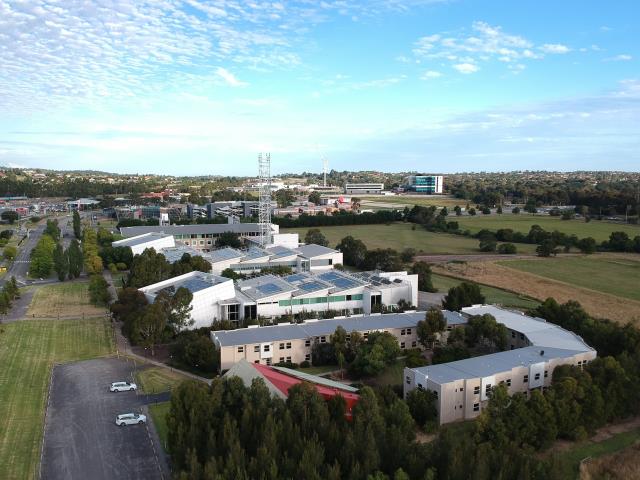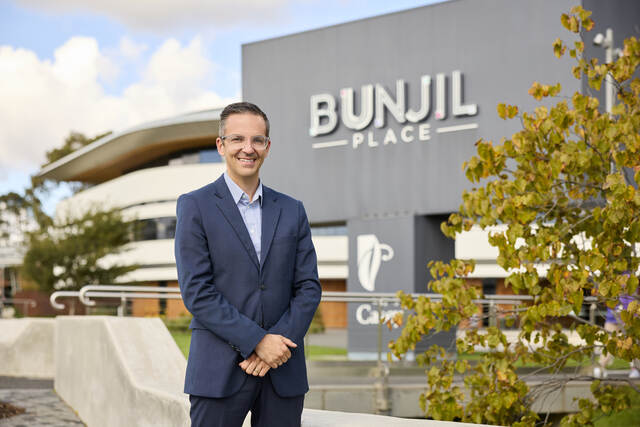A major change is underway at Federation University Australia, as it shifts to a higher education academic structure that aims to drive innovation and greater collaboration with industry, employers, community and government.
The university will move from its existing six small schools to three larger interdisciplinary institutes that will be aligned with Federation University’s research centres.
The new structure will drive collaboration across the university to better respond to employer and innovation demand.
Federation president professor Duncan Bentley said the changes will attract new students, industry partnerships and government investment.
“Future jobs growth and employer demand is changing, and we need to transform the way we operate to ensure that we not only survive but thrive as Victoria’s premier regional university,” he said.
“We’ve held extensive consultation with staff, students and the union and there is strong support for the change.
“Moving to three larger institutes allows us to bring together different academic disciplines to work more collaboratively with a focus on jobs for our graduates and local employer needs.”
The change aims to help foster research and innovation partnerships, programs and courses that are co-designed with industry, and boost opportunities for students to learn in the workplace and gain industry certifications and skills needed by employers.
This will ensure Federation graduates have the skills employers need in areas of jobs growth and demand, while research focuses on solving industry problems to help drive economic growth and jobs.
The first institute will be the Institute of Health and Wellbeing which includes health care professionals, public health, health services management, health informatics, health economics, occupational health, exercise and sports science and psychology.
The second will be the Institute of Education, Arts and Community including education, humanities and social sciences, social welfare and the arts academy.
The Institute of Innovation, Science and Sustainability will be the third, covering business, engineering, information technology, maths, general science, life science, environmental science, geoscience.
Each institute will be headed by an executive dean who will be supported by a director of learning and teaching, director of academic operations, director of industry co-operation and a research coordinator.
The new model complements Federation University’s recently launched Campus Vision 2022- 2025 that sets out a plan to ensure the university’s campuses are open to the community, have industry embedded and support new and innovative forms of education for the jobs of the future.







